I recently returned from New York City where I had visited the Scope Art Fair, Whitney Biennial, Saks, MoMA, and a few other urban sites and I’ve been struggling with what to say about these various cultural operations on our museum blog. Let’s face it, blogs favor pithy writing so, at the great risk of sounding reductionist, let me jump right in.
Scope Art Fair
Scope was largely a bust. It was typified by spectacle, nostalgia, special effects, and art that is easily legible. There were dead celebrities (Marilyn, Elvis, and Warhol predominated) and rehashed Ab-Ex paintings. 3D effects abounded, from drawings that appeared to raise off the wall from across the room but resolved into planar surfaces upon approach to actual Jesus-postcard-style lenticular prints. There were enough resin/mirrored/glitter/polished metal surfaces to keep vampires far away from collectors’ lofts. There was art for cool kids (Anime-graffitti skateboard paintings) and art for nerds (scantily clad blue women laying with cryptozoological creatures, straight out of the old OMNI or Heavy Metal magazines.) There was political art in the form of flags, guns, and crosses (what other forms are there?) There were slick, colorful, hi-gloss paintings protesting the slick, colorful, overly-designed corporate world-plan of Apple. Was I naive to be so put off by a commercial art fair? Am I simply joining the ranks of the fair-haters? Again, blogs leave little space for art world positioning.
There were, however, some refreshing moments; Anne Spalter’s digital prints, the drag queen whose gown was a long train of drawing paper upon which visitors doodled, and watching our own hometown hero, Converge Gallery of Williamsport, duke it out with the big boys for a piece of the big apple.
Whitney Biennial
The Biennial was the opposite of Scope; semi-opaque works that did not telegraph their message (or effect) across the room, but rather invited further analysis. The Biennial was diverse, in part because it was curated by 3 different curators, but even within each curator’s floor one could find a range of media, social backgrounds and perspectives, topics (when appropriate), approaches to (im)materiality, etc. Initially, I wanted to believe that the Biennial represented a different side of the art world, but I knew that these contemporary artists are also, mostly, represented by commercial galleries and so that neat and snarky little polarism went out the window.
I did notice some surface similarities between Scope and the Biennial, mostly simple pseudomorphiams (in art history, a pseudomorphism is when things look alike, but do not necessarily carry the same meaning.) What follows is a table of these pseudomorphisms, offered not as any kind of serious analysis, but more along the lines of a “separated at birth” visual game and photo index of my visit. Although I got fewer pics there, I threw in Saks for fun (and, after all, the modern museum and department store do share a lineage of visual exhibition and display dating back to the Great Exhibition of 1851.)
Enjoy!
| NOTES | SCOPE ART FAIR | WHITNEY BIENNIAL | SAKS 5TH AVE |
| Serial Presentation | 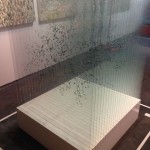 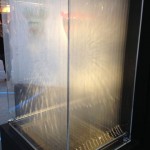 |
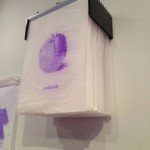 |
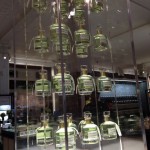 |
| All that Glitters.. | 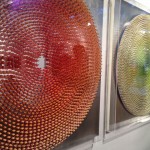 |
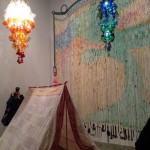 |
|
| ..is Gold | 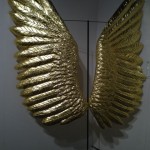 |
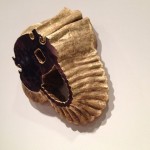 |
|
| ..or Deco Jewelry | 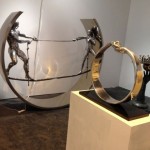 |
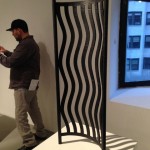 |
|
| Mid-Century is Popular Now |  |
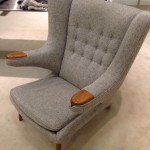 |
|
| Dead/Celebrities/Art | 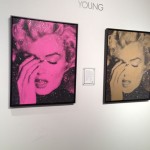 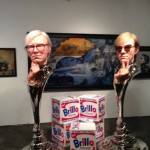 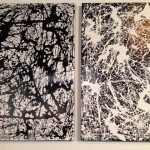 |
||
| Psychochromatic God’s-Eyes | 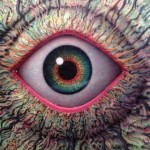 |
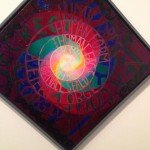 |

